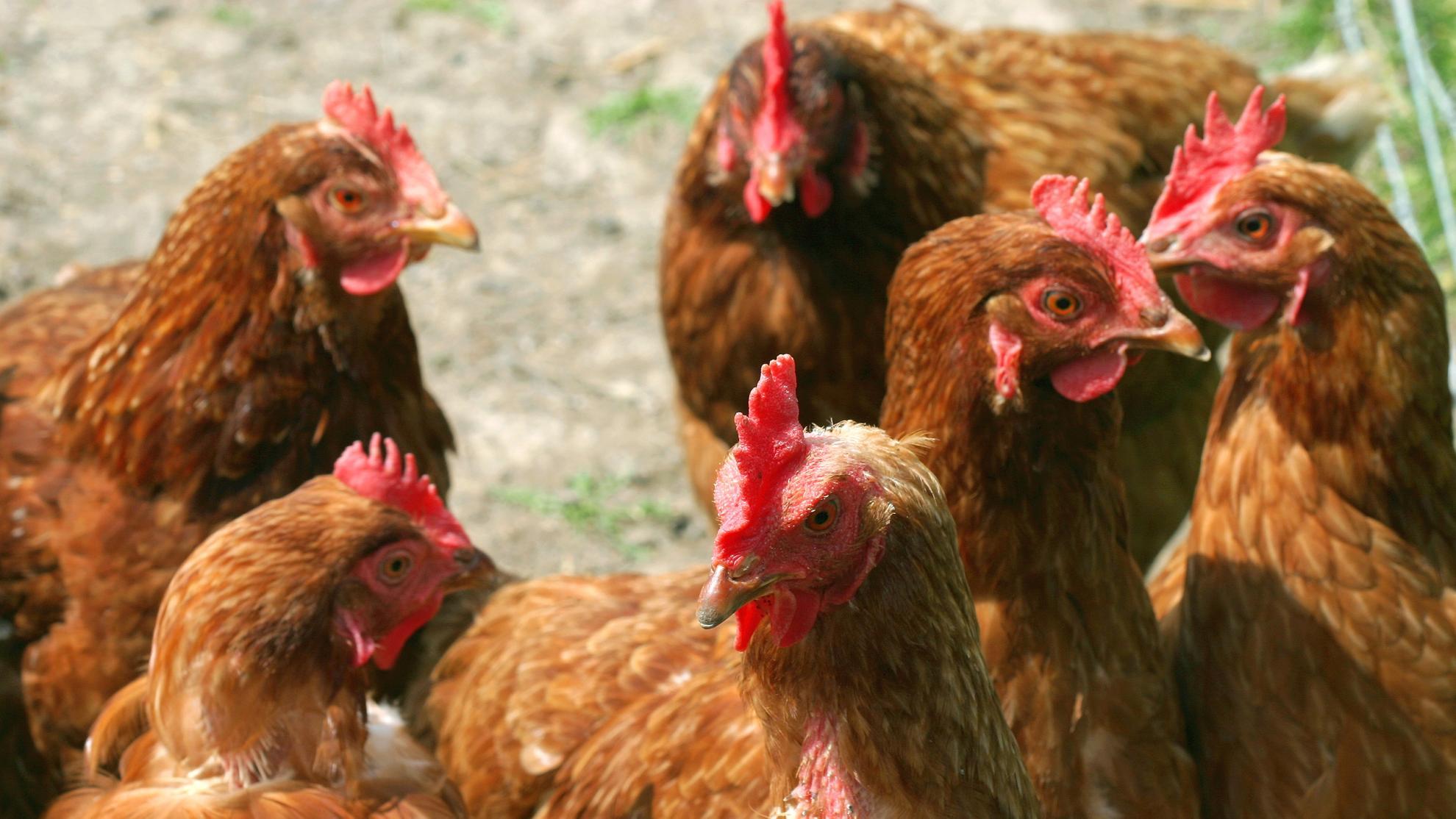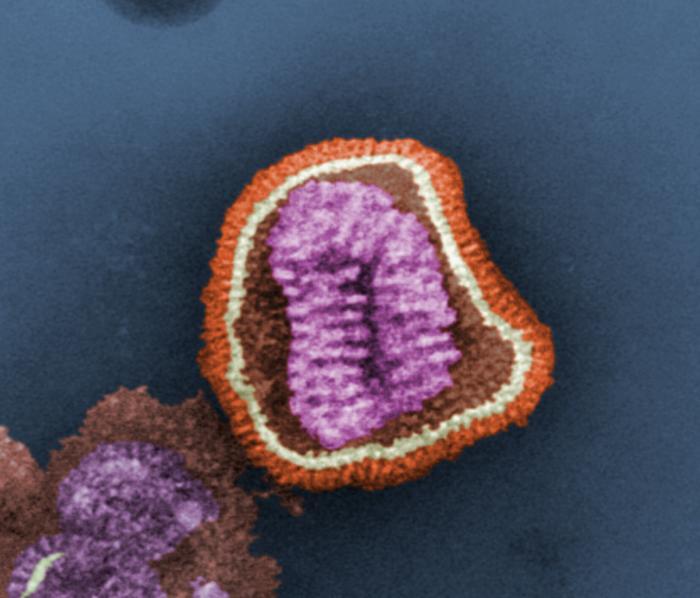Immune escape variants of H9N2 influenza viruses containing deletions at the haemagglutinin receptor binding site retain fitness in vivo and display enhanced zoonotic characteristics
H9N2 avian influenza viruses are enzootic in poultry across Asia and North Africa where they pose a threat to human health, both as zoonotic agents and as potential pandemic candidates. Poultry vaccination against H9N2 viruses has been employed in many regions, however vaccine effectiveness is frequently compromised due to antigenic drift arising from amino acid substitutions in the major influenza antigen, haemagglutinin (HA). Using selection with HA specific monoclonal antibodies, we previously identified H9N2 antibody escape mutants that contained deletions of amino acids in the 220 loop of the HA receptor binding sites (RBS). Here, we analysed the impact of these deletions on virus zoonotic infection characteristics and fitness. We demonstrated that the mutant viruses with RBS deletions are able to escape polyclonal antisera binding and are able to infect and transmit between chickens. We showed that the deletion mutants have increased binding to human-like receptors and greater replication in primary human airway cells, however the mutant HAs also displayed a reduced pH and thermal stability. In summary we infer that variant influenza viruses with deletions in 220 loop could arise in the field due to immune selection pressure; however, due to reduced HA stability, we conclude these viruses would be unlikely to transmit human-to-human by an airborne route, a prerequisite for pandemic emergence. Our findings underscore the complex interplay between antigenic drift and viral fitness for avian influenza viruses, as well as the challenges of predicting which viral variants may pose the greatest threats for zoonotic and pandemic emergence.IMPORTANCE Avian influenza viruses, such as H9N2, cause disease in poultry as well as occasionally infecting humans and are therefore considered viruses with pandemic potential. Many countries have introduced vaccination of poultry to try to control the disease burden, however, influenza viruses are able to rapidly evolve to escape immune pressure in a process known as antigenic drift. Previously we experimentally generated antigenic drift variants in the laboratory, and here we test our drifted viruses to assess their zoonotic infection characteristics and transmissibility in chickens. We found that the drifted viruses were able to infect and transmit between chickens and showed increased binding to human-like receptors. However the drift mutant viruses displayed reduced stability and, we predict, would be unlikely to be able to transmit human-to-human and cause an influenza pandemic. These results demonstrate the complex relationship between antigenic drift and potential of avian influenza viruses to infect humans.

